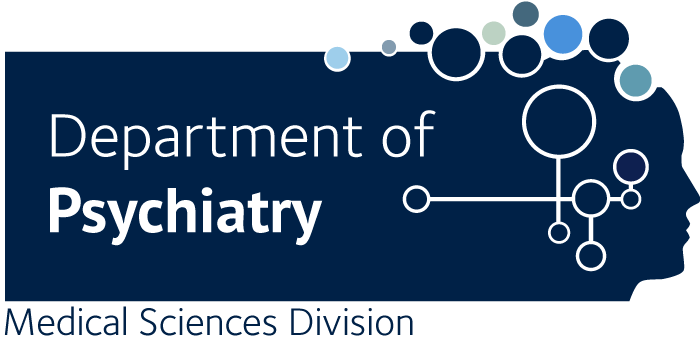Information transfer between rhythmically coupled networks: reading the hippocampal phase code.
Jensen O.
There are numerous reports on rhythmic coupling between separate brain networks. It has been proposed that this rhythmic coupling indicates exchange of information. So far, few computational models have been proposed that explore this principle and its potential computational benefits. Recent results on hippocampal place cells of the rat provide new insight; it has been shown that information about space is encoded by the firing of place cells with respect to the phase of the ongoing theta rhythm. This principle is termed phase coding and suggests that upcoming locations (predicted by the hippocampus) are encoded by cells firing late in the theta cycle, whereas current location is encoded by early firing in the theta cycle. A network reading the hippocampal output must inevitably also receive an oscillatory theta input in order to decipher the phase-coded firing patterns. In this article, I propose a simple physiologically plausible mechanism implemented as an oscillatory network that can decode the hippocampal output. By changing only the phase of the theta input to the decoder, qualitatively different information is transferred: the theta phase determines whether representations of current or upcoming locations are read by the decoder. The proposed mechanism provides a computational principle for information transfer between oscillatory networks and might generalize to brain networks beyond the hippocampal region.

